Basketball Vocabulary: “Key, Free, and Three” by Robb Schultz
I like to use specific phrasing and lingo with players. I believe that basketball vocabulary is an integral part of the game of basketball. Sometimes I use industry standard words, ie “drag” screen. Sometimes I borrow from others and make subtle changes and other times I just make word and phrases up myself. I think it is important that basketball vocabulary and phrasing be catchy and meaningful. Players better identify with words and phrases that are pertinent and impactful. One phrase, which I cannot take full credit for, that has been a staple of my offensive philosophy is “key, free, and three.”
“Key, free, and three” is a basketball vocabulary phrase that quickly defines my offensive philosophy. The basketball vocabulary phrase defines the type of shots that we want from our offense and the type of shots we want to prevent from our opponents. The phrase defines the aggressiveness in which we want to play both offensively and defensively. The basketball vocabulary phrase applies to the evolution of modern basketball through analytics and perfectly defines a Houston Rockets shot chart.
I first saw the phrase in “The Dribble Drive Offense” instructional manual written by Coach M. Olesen. I’m assuming it came from Coach Vance Walberg, who is credited with designing the dribble drive motion offense. In Olesen’s instructional manual he uses the phrase,”3 or key,” to describe the mindset of the dribble drive offense. I added “free” because I believe the greatest benefit of the offense is the aggressiveness which leads to an overwhelming advantage from the free throw line.
Offensively we want five players on the floor that confidently shoot from beyond the arc and attack the basket with the dribble. We strive for positionless basketball which allows for all our players to take a “key, free, and three” attitude into the game. We believe it is easier to rein in players then to prod players. Our perfect shot chart would look much like one from the Houston Rockets. I used to look at the Rockets shot charts daily and marvel at the lack of any shot taken from mid-range. The Rockets get dunks and three-point shots having the highest offensive efficiency.
From an analytics perspective, we look at points per possession (p/p). We have benchmarks concerning shooting percent that we feel we can be successful with (remember this is high school girls basketball). We are happy with two-point field goal percentages at 40% which equates to .8 p/p. We are happy with three-point field goal percentages at 30% which equates to .9 p/p. From the free throw line, we strive for 65% which equates to 1.3 p/p. From those statistics, it would seem obvious that the phrase should be “free, three, and key,” but without the aggressiveness to get to the basket the “free” and “three” opportunities would diminish. So offensively we emphasis attacking the basket first to create the free throw and three-point opportunities.
With that said, I am no way advocating doing away with the mid-range game. In fact, if trained I see a great opportunity for success in using the mid-range game. With analytics and modern basketball pushing toward a “3 or key” offensive philosophy defenses are focusing on how to best prevent those opportunities. Defenses are trying to force offenses to play in the mid-range area. In our skill development training, we are looking to develop our individual mid-range offensive skills.
From the “key, free, and three” philosophy we have created shot quality ratings to monitor the type of shots we are getting from our offense (see below). First, we prefer uncontested layups over any shot. Secondly, we want to get to the free-throw line. The last preferred shot we like is the uncontested inside/outside three-pointer. If we could only get these three types of shots every possession we may never lose a game. Unfortunately, we don’t always get those types of shots because defenses are designed to prevent them. Sometimes we have to settle for lower quality shots and depending on time, score, and individual we welcome other lower quality shots that fit into our “key, free, and three” mentality.
10 = uncontested shot at the basket
9 = free throw
8 = inside/outside three-point shot
7 = moderately contested shot at the basket
6 = uncontested catch and shoot 3 point shot/ or off rhythm dribble (not inside/out)
5 = uncontested mid-range shots in rhythm/on balance
4 = highly contested shot at basket potential to get fouled
3 = moderately contested mid-range shots in rhythm/on balance
2 = moderately contested 3 point shots in rhythm/on balance
1 = all other shots
0 = no shot
Depending on the player and situation encouraged shots could range from 2-10, with emphasis on developing the highest shot quality rating possible. At no point are 0 and 1 ratings acceptable. The only highly contested shots we allow are aggressive drives to the basket where the play could have or should have (which for us coaches are all of them) led to a free throw opportunity. As we continue to use the above shot quality ratings and statistics we feel we will be better able to target a specific goal for each game and season.
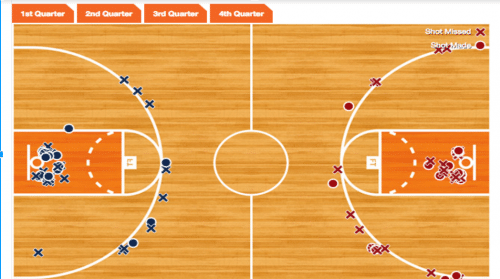
Since the establishment of our “key, free, and three” philosophy and shot rating chart we have observed progress in our shot mentality. The above shot chart (our team in Red) is a typical shot chart for the season (the Blue team obviously has the same shot mentality). We practice and train these type of shots. We are hopeful that by creating a well defined shot mentality, “key, free, and three,” and training for those shots that we can push our benchmark field goal and free throw percentages higher and create greater offensive efficiency.

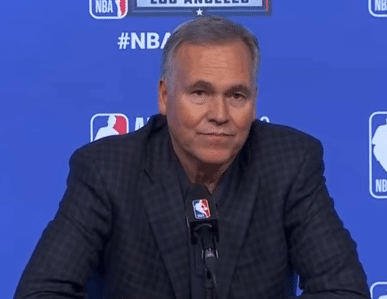
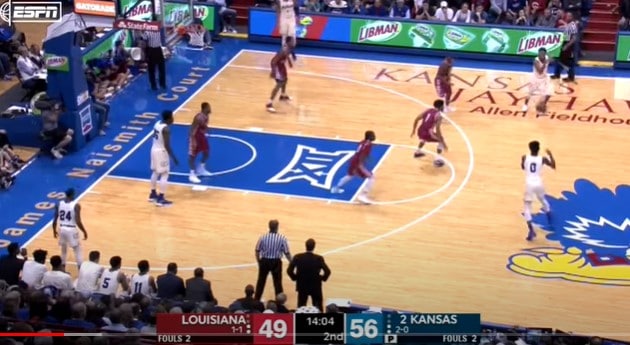
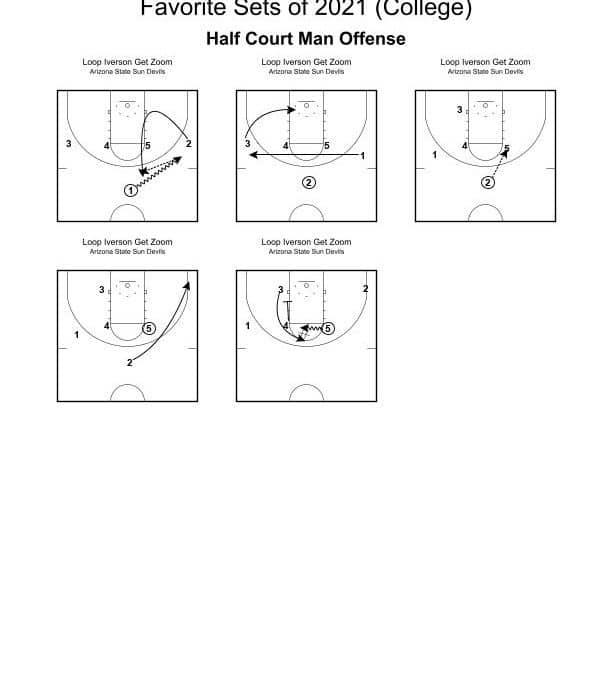
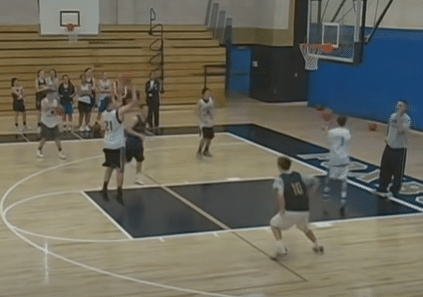
0 Comments